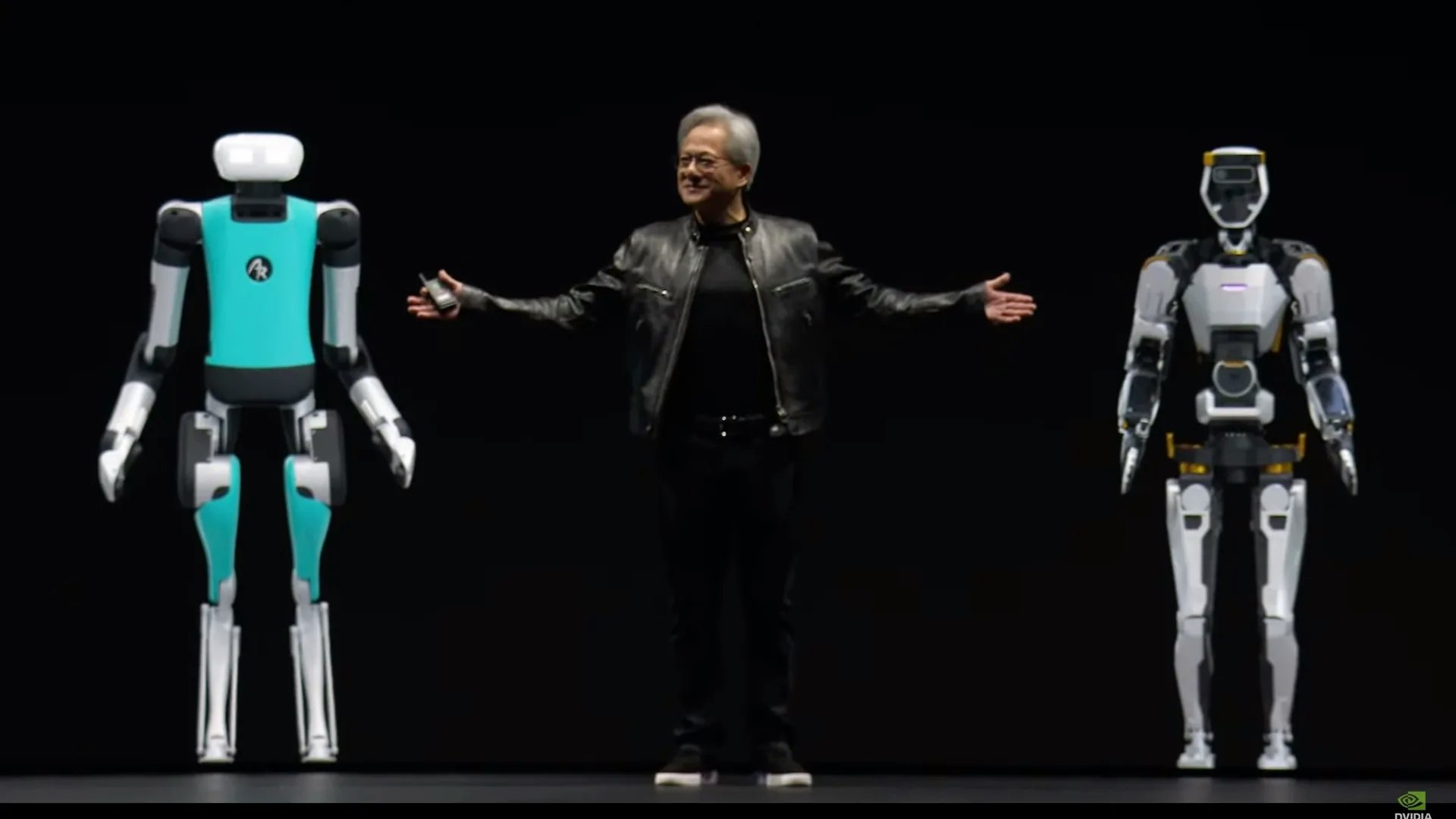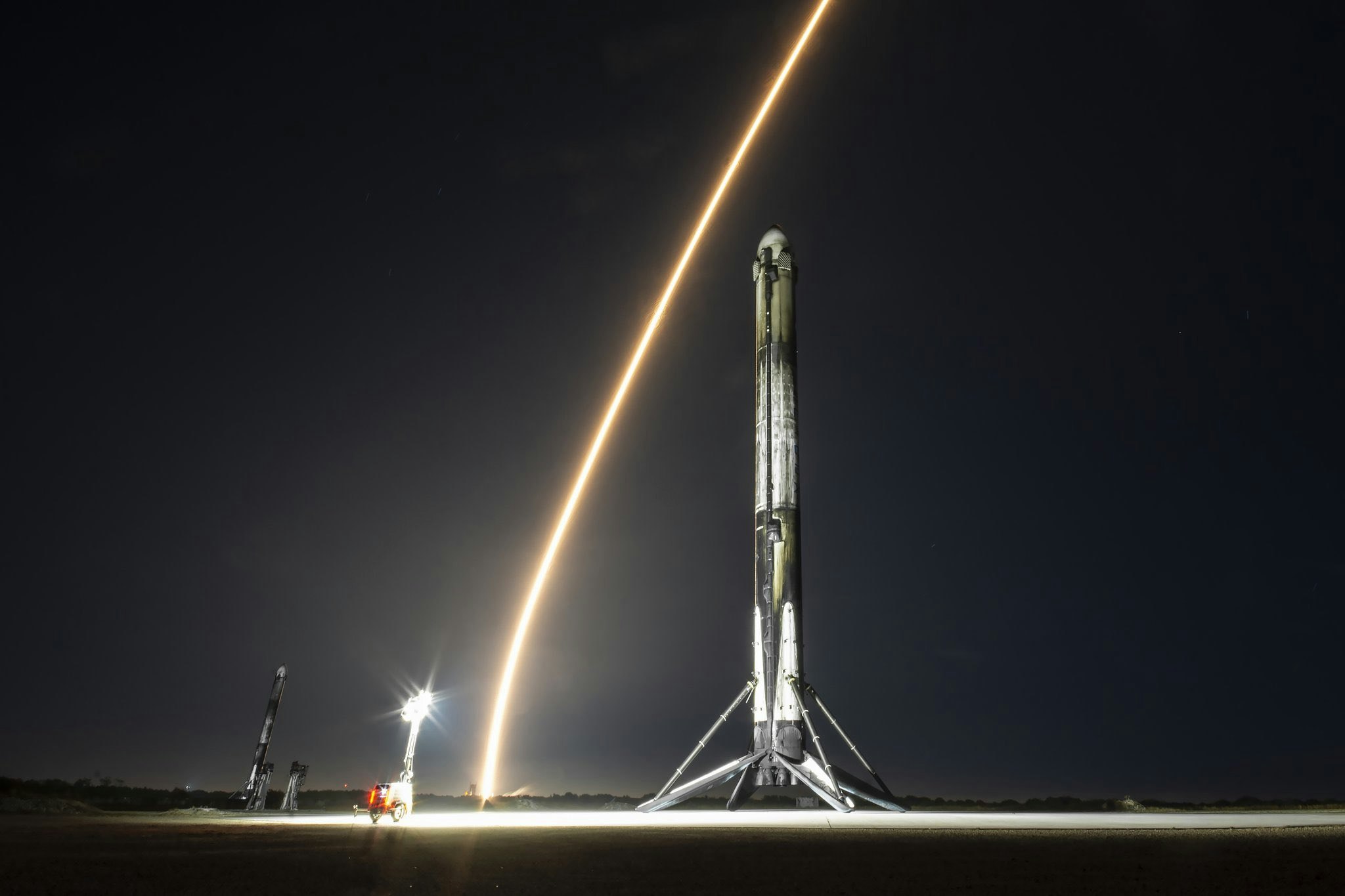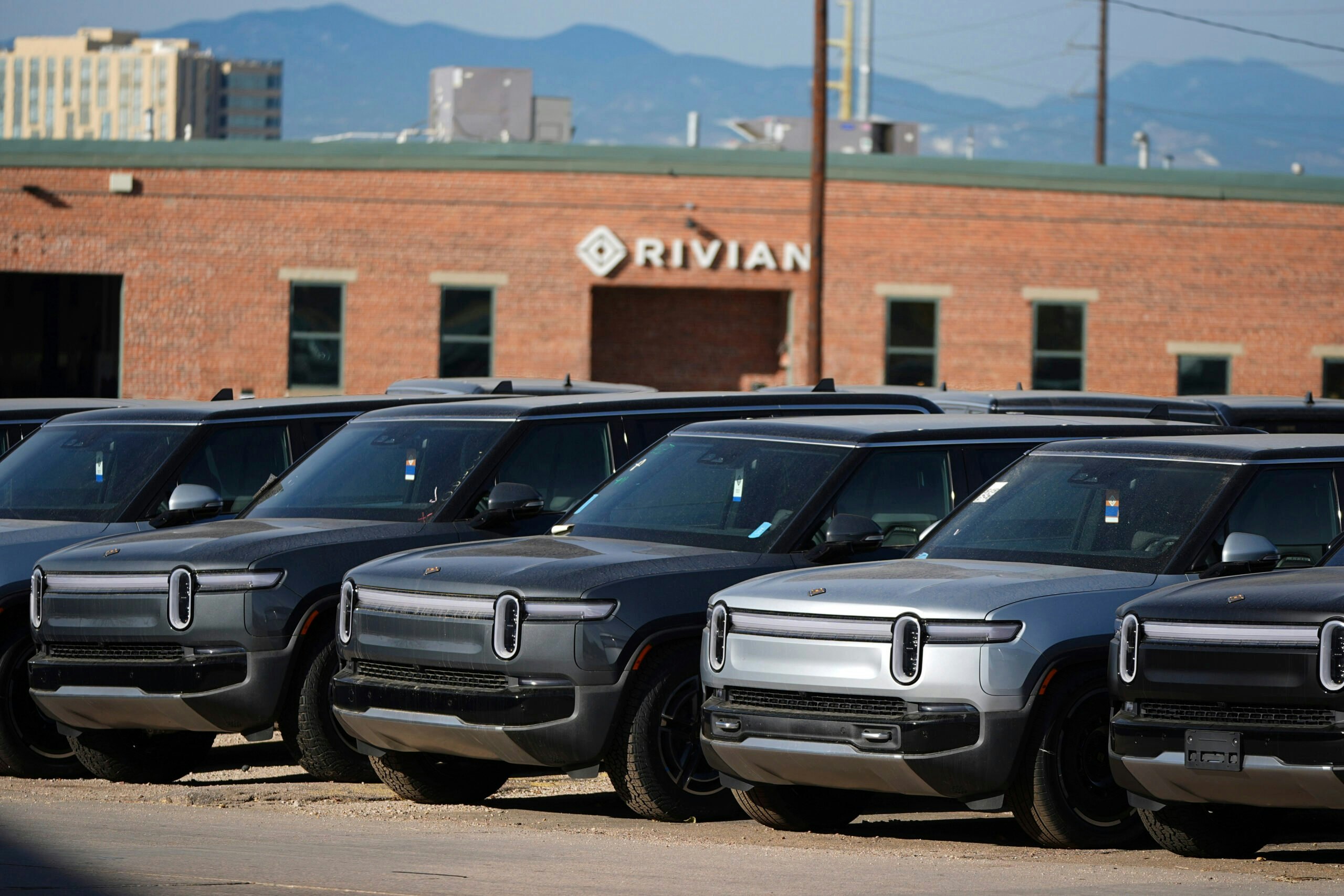Nvidia, the undisputed giant of the semiconductor industry, turns to a new challenge: robotics. The company that laid the foundation for the current boom in artificial intelligence (AI) plans to usher in the next industrial revolution with groundbreaking technology. Everything revolves around "physical AI" – the fusion of generative AI and humanoid robots.
In the first half of 2025, Nvidia will launch its latest compact module, the "Jetson Thor." This technology is designed to equip humanoid robots with unprecedented intelligence and capability. Deepu Talla, Vice President for Robotics at Nvidia, describes the development as a turning point: "The 'ChatGPT moment' for physical AI and robotics is imminent.
From AI Chip Giant to Robotics Visionary
While Nvidia remains the top player in AI chips, competition is intensifying. Competitors like AMD and cloud giants like Amazon, Microsoft, and Google are increasingly pushing into the market. The strategy? Making Nvidia less dependent on its core business and tapping into new industries.
The company relies on a "full-stack solution" that provides both software for training AI-driven robots and the hardware that powers them. This comprehensive approach is intended not only to facilitate entry into robotics but also to establish Nvidia as an indispensable partner for the development of future robotics technologies.
In February 2024, Nvidia, together with Microsoft and OpenAI, invested in the start-up Figure AI, which develops humanoid robots. The estimated company value of 2.6 billion US dollars attests to the importance attributed to the sector.
Challenges and Breakthroughs in Robotics
The robotics industry remains a challenge despite enormous progress. Many start-ups are struggling with scaling issues, high costs, and the need to improve the accuracy of their products. Currently, robotics accounts for only a small portion of Nvidia's revenue, which was $35.1 billion in the third quarter of 2024. The majority of these revenues still come from the sale of AI chips.
But according to Talla, the robotics industry has experienced two decisive technological breakthroughs: the explosion of generative AI models and the ability to train robots in simulated environments. These simulations, known as "Omniverse," bridge the so-called "sim-to-real gap" and enable robots to work efficiently in the real world.
In the past 12 months, this technology has reached a level of maturity that was unimaginable two years ago," says Talla. Nvidia offers solutions in all three phases of development here: training software (DGX system), simulation platform (Omniverse), and hardware (Jetson).
From Autonomous Cars to the Robotics Revolution
The origins of Nvidia's Jetson technology lie in the development of the Tegra chip, which was initially intended for smartphones. But Nvidia quickly pivoted and shifted around 3,000 engineers to the development of AI and autonomous training. This resulted in the Jetson series in 2014, which is now considered the brain for modern robots.
Toyota, Boston Dynamics, and even Amazon rely on Nvidia's platforms. For example, Amazon has already integrated the robotic simulation technology into three of its US warehouses.
The look into the future
The market research company BCC currently estimates the global robotics market at 78 billion US dollars. By 2029, it is expected to grow to 165 billion US dollars. Despite the ambitious forecasts, one critical aspect remains: safety. David Rosen from Northeastern University emphasizes that there are still no effective tools to ensure the safety and reliability of machine learning systems in robotics. "This is one of the great scientific challenges of our time.
But Nvidia seems determined to face these challenges. With Jetson Thor and a clear vision for the future of "physical AI," the company is setting new standards – and could once again prove that it not only recognizes trends but also shapes them.







